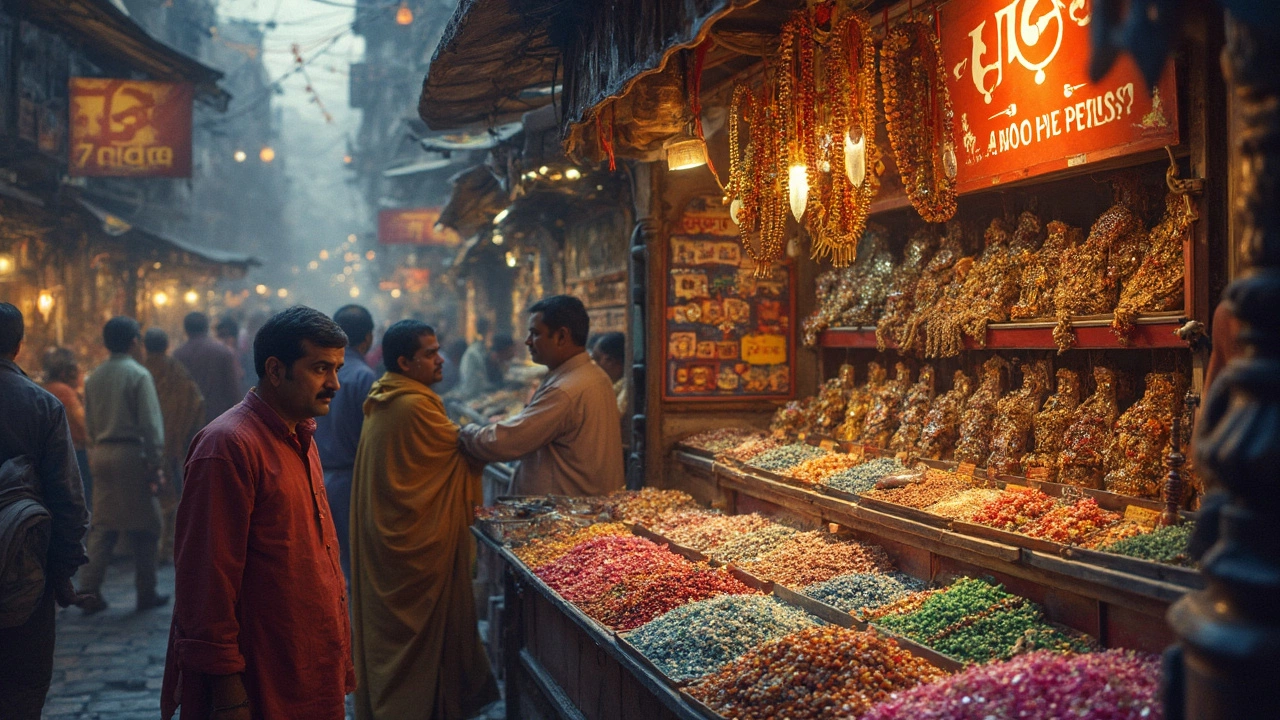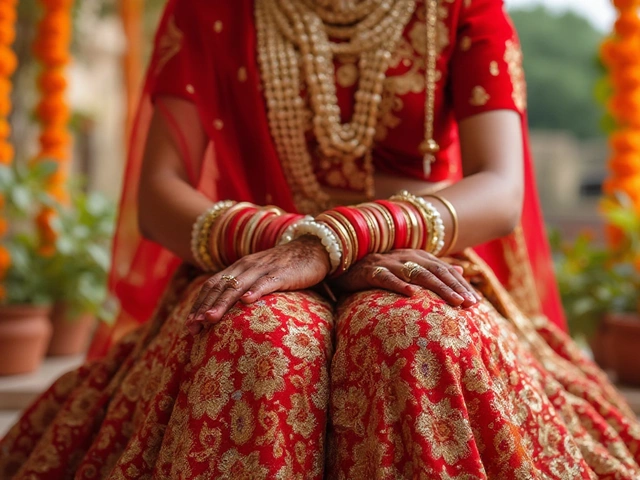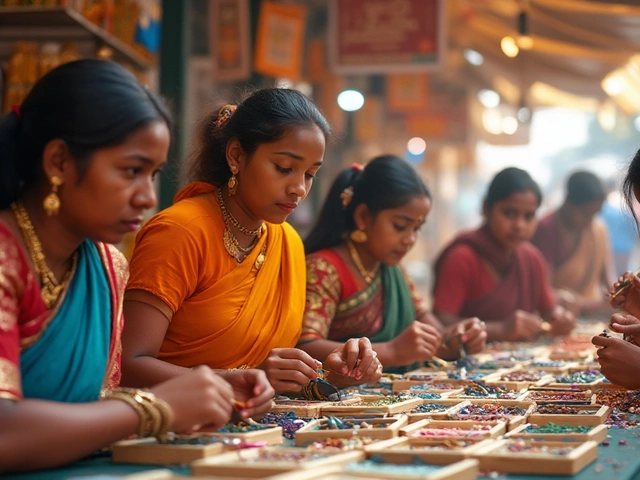Indian Gems Safety: Simple Steps to Keep Your Jewellery Secure
Buying or wearing Indian gems can feel exciting, but it also comes with a few risks. A wrong stamp or a cheap setting can turn a dream purchase into a regret. Below are easy, no‑jargon tips you can use right away to make sure your jewellery stays genuine and safe.
Check Hallmarks and Stamps Before You Pay
The first line of defense is the hallmark. In India, the Bureau of Indian Standards (BIS) marks gold with a 22K, 21K or 18K stamp, often followed by a four‑digit purity code. Look for the BIS logo plus the maker’s trademark. For silver, you’ll see ‘925’ or ‘833’; the latter means 83.3% pure silver. If a piece lacks any mark, ask the seller for a certificate – reputable dealers always have one.
Don’t rely on the seller’s word alone. Bring a cheap magnet; gold and silver won’t stick, while most base‑metal fakes will. It’s a quick test that catches a lot of cheap plating.
Inspect the Gemstones Closely
Real gems have a certain weight and sparkle. Use a jeweller’s loupe (the 10× magnifier) to check for inclusions – tiny cracks or bubbles that are normal in natural stones but absent in synthetics. Colour should be even, not patchy. If the stone looks too perfect, it might be lab‑grown or even glass.
Ask for a gemstone certification from a recognized lab like GIA or IGI. The report lists the stone’s type, carat weight, clarity and any treatments. A genuine certificate adds credibility and helps you claim insurance later.
Secure Storage Keeps Value Intact
Once you’ve bought safe jewellery, store it right. A soft, lined jewellery box protects against scratches. For high‑value pieces, use a lockable safe or a bank safety deposit box. Keep a digital photo and the purchase receipt in a separate place – you’ll thank yourself if you ever need to prove ownership.
Avoid exposing gems to chemicals, sunlight or extreme temperature changes. Remove rings before washing dishes, and take off necklaces before you exercise. Simple habits prevent tarnish and accidental loss.
Know When to Get Professional Help
If something feels off, get a second opinion. Local jewellers can run a quick acid test on gold or use a spectrometer for stone verification. For expensive items, consider a certified appraiser who can provide an official valuation.
Insurance is another safety net. Many insurers offer jewellery coverage at a modest premium, especially if you have a recent appraisal. Make sure the policy covers loss, theft and damage.
Following these steps doesn’t guarantee 100% safety, but it dramatically reduces the chance of getting duped or damaging your gems. Stay curious, ask questions, and trust your gut – if a deal feels too good to be true, it probably is.
Enjoy the beauty of Indian gems without worry. With a few quick checks, proper storage, and the right paperwork, you’ll keep your jewellery sparkling for years to come.
Is it Safe to Buy Gemstones from India? Real Risks & Smart Tips
Wondering if you can trust buying gemstones from India? This article lays out the hard facts about risks, scams, and how to spot genuine stones. Get tips on working with trusted sellers and learn what questions to ask. Find out why India is both a gemstone hub and a hotspot for fakes, plus practical advice for snagging the real deal. You’ll walk away ready to shop smarter for temple jewellery or any gem purchase.





